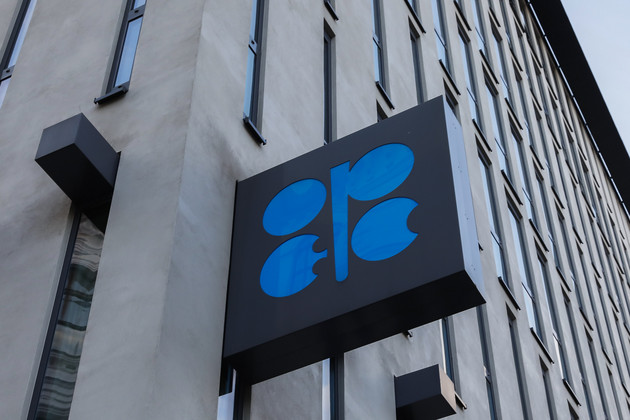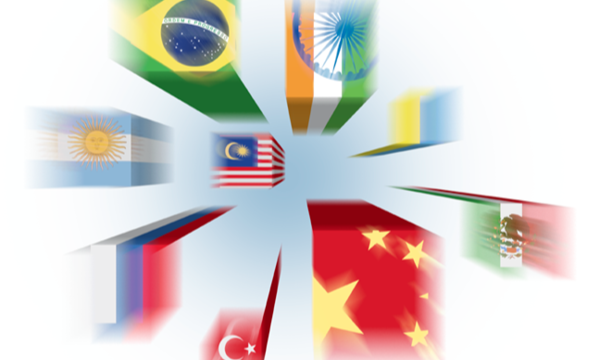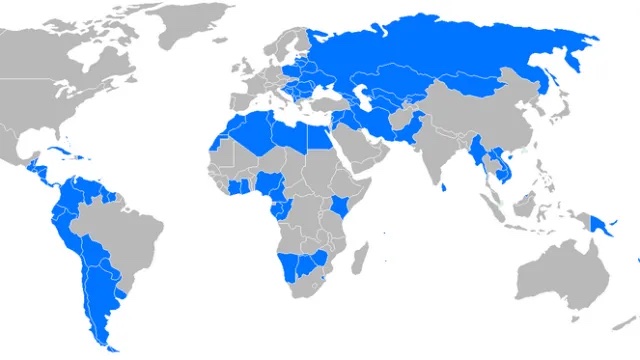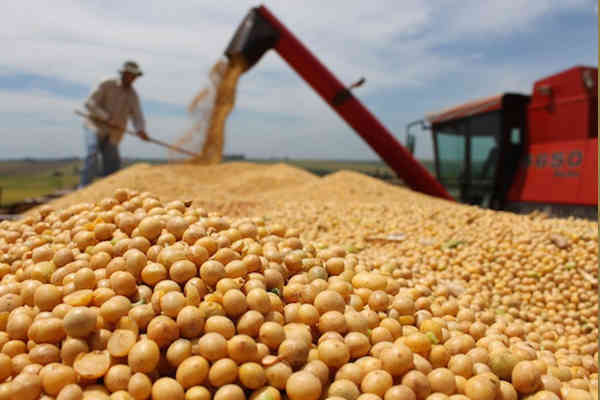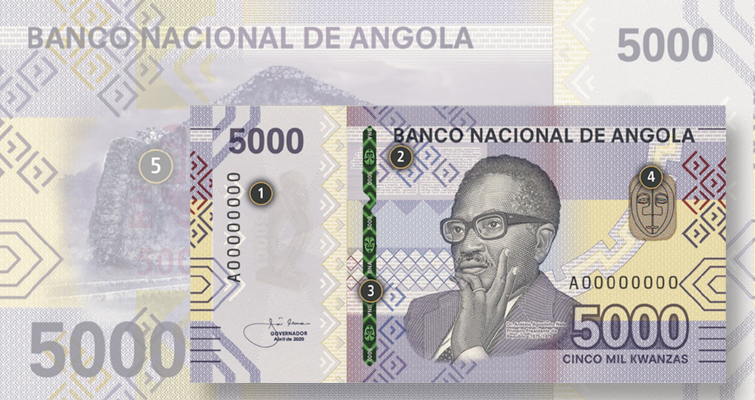A Look At Brazil & Argentina
In recent weeks, the global liquidity backdrop has somewhat improved for a number of emerging markets. But given recent action taken on Mexico by ratings agency Standard & Poor’s and continued instability in South Africa, markets have been given a clear reminder that risks do remain. Policymakers within the emerging markets are expected to continue to prepare for a modified growth outlook globally, given ongoing downside risks from China and the lingering uncertainty surrounding the United Kingdom’s “Brexit” vote to “leave” the European Union. In addition, concerns around the US Federal Reserve raising its benchmark interest rate are becoming more pronounced.
Across Latin America, as in the case of Asia, nearly all central banks are operating in a neutral or dovish mode. The current environment of low commodity prices and inflation measures essentially being exhausted are a few reasons many of the regional central banks are proceeding with dovish caution. And, as the global growth forecasts trend towards the downside, “we think some central banks in this region could contemplate easing by year-end,” Win Thin, global head of emerging market currency with investment bank Brown Brothers Harriman said in a note to clients. “Brazil was the first to tighten, and it will likely be the next to ease this year.”
Markets, Thin said, are focusing on the upcoming October 19 meeting for a potential cut. “The latest central bank survey shows median expectations for year-end policy rate at 13.75% (up from 13% as recently as mid-June).” Brazil GDP contracted -5.4% year over year in the first quarter, and is tracking around -4.5% in for the second quarter.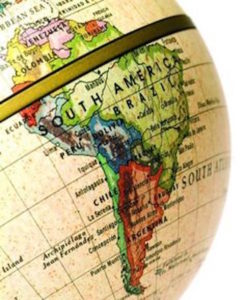
In Argentina, years of economic mismanagement seems to have come to an end under the new administration of president Mauricio Macri. Argentina is finally back on track and fully embracing so-called orthodox policies under Macri. Monetary policy was tightened during the first quarter as the elimination of price controls led to a spike in inflation, but policy has been eased recently. GDP in Argentina rose only 0.5% year over year in during the first quarter and a recession now seems likely due Macri’s “shock treatment”. “Since December, the central bank has been running policy via the 35-day notes known as Lebacs,” Thin explains. “The central bank said it will begin using a new overnight rate to manage monetary policy, which will be introduced in the coming months and set monthly.”
Many currency controls have been limited, but restrictions remain in place. The lock-up period of 120 days for foreign portfolio inflows is down from a full year under former president Fernandez, but it remains significant. This is likely discouraging some foreign investment as well. Controls should be loosened further, which suggests even more peso weakness ahead.

